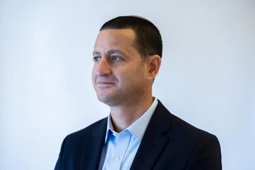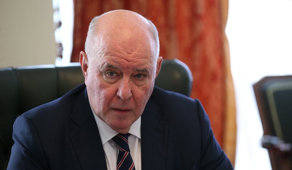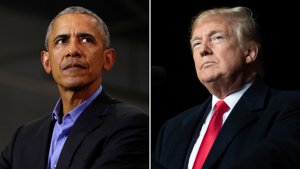
Supreme Court Approves Trump Education Department Layoffs
Supreme Court allows Trump administration to proceed with Education Department layoffs, advancing plans for state control.
Supreme Court Greenlights Major Federal Layoffs
The Supreme Court has issued a landmark decision allowing the Trump administration to move forward with mass layoffs at the Department of Education, clearing a significant hurdle in President Donald Trump’s broader effort to dismantle the agency and return many of its responsibilities to the states. In a 6-3 ruling in McMahon v. State of New York, the Court temporarily paused a lower court order that had reinstated around 1,400 employees who were previously laid off, marking a pivotal moment in the administration’s campaign to reshape federal oversight of education.
The Court’s decision aligns with recent emergency rulings that have benefited Trump’s initiatives to reduce federal bureaucracy. Trump celebrated the ruling on Truth Social, declaring it a “major victory to parents and students” and stating, “the Trump Administration may proceed on returning the functions of the Department of Education back to the states.”
Education Secretary Linda McMahon, who in March initiated the layoffs affecting half the department’s workforce, issued an executive order with Trump later that month announcing plans to shutter the Department entirely. While Congress’s approval is required for a full shutdown, Monday’s decision empowers the administration to advance its reduction in force and restructure the federal education system.
Workforce Programs Shift to Department of Labor
In tandem with the layoffs, the Trump administration has announced that the Department of Labor will assume a greater role in managing select workforce and training programs previously overseen by the Education Department. Under a new Interagency Agreement, the Department of Labor will administer adult education, family literacy, and career and technical education initiatives, while the Education Department retains statutory oversight.
Secretary McMahon argued that consolidating these programs addresses long-standing inefficiencies, noting, “the current structure with various federal agencies each managing pieces of the federal workforce portfolio is inefficient and duplicative.” Secretary of Labor Lori Chavez-DeRemer added that the move would “streamline these programs to better serve students, families, and educators.”
These changes come at a critical time, with over one in ten young Americans neither in school nor working, and shortages in skilled trades threatening economic growth. The Trump administration claims the partnership will help “make America skilled again” by aligning federal workforce training more closely with state and local needs.
Debate Over Motives and Impacts
The Supreme Court’s decision came in response to lawsuits filed by 20 Democratic-led states, who argued that the layoffs would render the Department unable to fulfill its legal obligations, such as certifying higher education institutions for federal aid. Judge Myong Joun, who issued the now-paused order, found that “the administration’s true intention is to effectively dismantle the Department without an authorizing statute.”
Justice Sonia Sotomayor, in a dissenting opinion, called the Court’s move “indefensible,” arguing that “when the Executive publicly announces its intent to break the law, and then executes on that promise, it is the Judiciary’s duty to check that lawlessness, not expedite it.”
The National Education Association (NEA), meanwhile, continues to clash with the administration over its education agenda. During the NEA’s July convention, reports surfaced of members prioritizing opposition to Trump over teaching fundamentals. The union has also approved measures opposing Trump’s policies on democracy, immigration, and education, underlining the deeply polarized environment surrounding federal education reform.
Despite criticism, the Education Department insists that essential support for K-12 students, special needs learners, college borrowers, and other key groups will continue. Secretary McMahon reaffirmed the department’s commitment to “restore excellence in American education” and emphasized that the transition will be carried out “lawfully and responsibly by working through Congress.”
As the Trump administration moves forward with its vision of returning education control to the states, legal challenges and political controversy are likely to persist. The full impact of these structural changes remains to be seen as schools, families, and educators across the country prepare for a new era in federal education policy.






